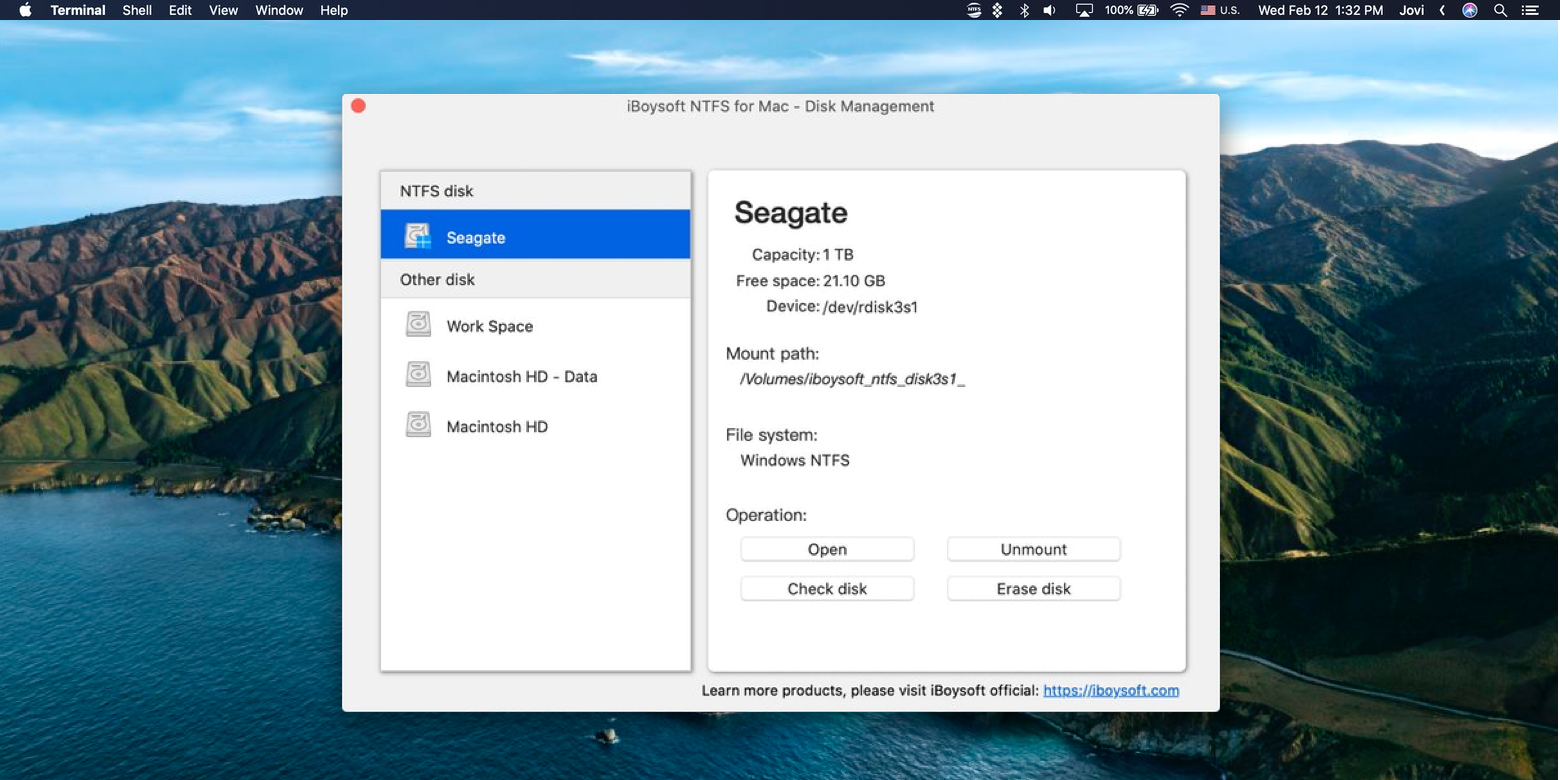

This leads to issues for Mac users, especially when they dual-boot with Boot Camp or buy external hard disk drives. Therefore, most PC hard disk drives, including external USB drives, now come formatted with NTFS by default. Windows XP allowed either FAT32 or NTFS for booting Windows Vista could be forced to boot from FAT32 Windows 7 requires NTFS. Much of this credit goes to Windows NT architect Dave Cutler, who also led development of DEC VMS, the RISC concepts that became Alpha, and Microsoft’s Azure cloud platform.Īlthough every version of Windows supports evolutions of the old FAT filesystem, modern iterations increasingly require NTFS. Microsoft may be fairly criticized for producing expensive, proprietary systems, but they have dome some amazing things with disks, and NTFS is arguably one of the most advanced filesystems in wide usage. Borrowing from OS/2’s HPFS and VMS’ Files-11, NTFS is a journalling filesystem with many features, including POSIX links, alternate data streams, sparse files, compression, and encryption.Īlthough just about everything Microsoft produces is maligned by UNIX and Mac geeks, this hatred is unwarranted in the case of the many storage advances coming out of Redmond. Microsoft introduced the advanced NTFS filesystem with their Windows NT operating system in 1993. The common FAT filesystem, supported by just about every operating system, is just too basic for modern operating systems.

In this post, I’ll discuss methods for activating this native NTFS write support, as well as the pros and cons of doing so! Introducing NTFSĪ filesystem is the basic scheme for organizing data on a hard disk drive. Although 10.6 “Snow Leopard” includes NTFS write support, it is disabled by default.
NTFS WRITE FOR MAC DRIVER
Third-party software like Paragon’s NTFS or the free NTFS-3G driver enabled read/write support, but a native solution was more desirable. Individual files often require conversion, but what about whole disks? Apple has long supported the universal and simplistic FAT filesystem, and added read-only support for NTFS back in 2003 in OS X 10.3 “Panther”. Such as backup in case something goes wrong.One of the daily hassles of using Apple Macintosh computers is the incompatibilities that arise with the broad Microsoft Windows world.

TechRepublic does state that care should be taken if you decide to use there information to open native support for NTFS on Mac's. I hope this has given you some help in your search? So depending on the need and frequency a thumb drive formatted in exFAT to transfer from PC to Mac or vice versa sounds like would work best for you. The main reason to format NTFS on PC's is it give more security and other functions that exFAT or other FAT version does not give. Here is the link: I transfer from both systems and have found that exFAT works just fine for me.
NTFS WRITE FOR MAC HOW TO
How to enable NTFS write support natively for OS X. There is another option, but requires you to add permissions in the Terminal in Mac to allow Write access to formatted NTFS drives. A work around is to use exFAT, which works on both PC and Mac's and does not have a file size limitation.

FAT 16 has a file size limitation and FAT 32 doesn't. By default all external drives sold in the US, except for those specifically stated are formatted for a particular system are factory formatted in FAT 16 or 32.


 0 kommentar(er)
0 kommentar(er)
